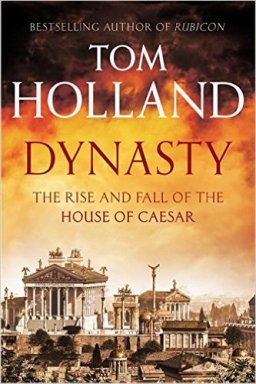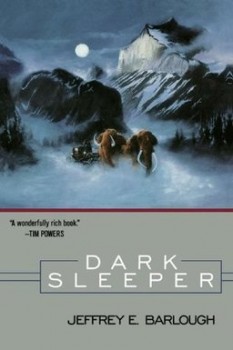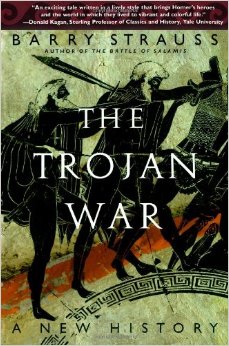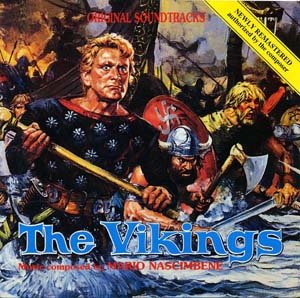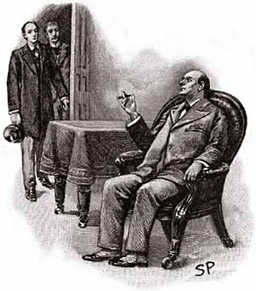Time to Railroad: Still On The Train
 Last time I was talking about the idea of there being a time to railroad. In other words, that there’s a time when the supporting technology, or maybe just the zeitgeist, allows for a concept or invention to finally flourish. The railroad itself is the ultimate example of this idea technologically, and you can look at my last post for examples of TV or movie concepts whose time to railroad popped up in the last ten years or so.
Last time I was talking about the idea of there being a time to railroad. In other words, that there’s a time when the supporting technology, or maybe just the zeitgeist, allows for a concept or invention to finally flourish. The railroad itself is the ultimate example of this idea technologically, and you can look at my last post for examples of TV or movie concepts whose time to railroad popped up in the last ten years or so.
But I also wanted to take a look at a couple of TV shows that got derailed because – maybe – they were ahead of their time.
I’d be remiss if I didn’t at least touch on two related works, The Princess Bride, and Firefly, both of which “failed” at the time of their production, and both of which have become cult classics since. To be honest, I don’t think either of these was before their time. Above, around, beyond, maybe, but not before. Princess Bride was marketed badly – like trying to find only one shelf for a cross-genre book. The studio just didn’t know what to do with it. Firefly suffered more, I think, from lack of backbone – I mean to say, patience – on the part of its network. Either that or the audience which seems so huge to us in the Fantasy and SF community is actually quite small when compared to the population at large. Maybe Firefly would have flourished if it had been on another network, where the numbers would have looked better.
